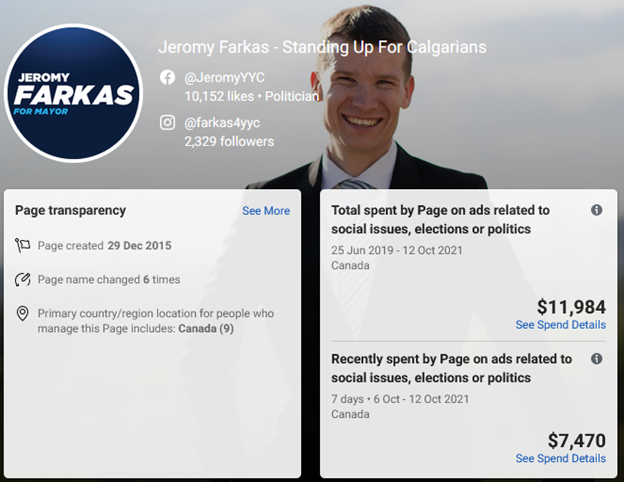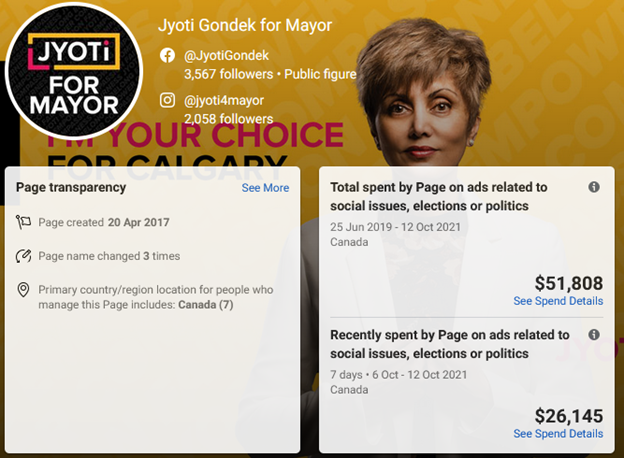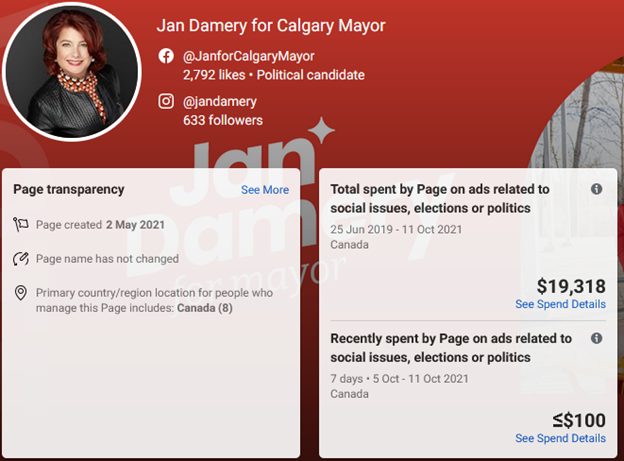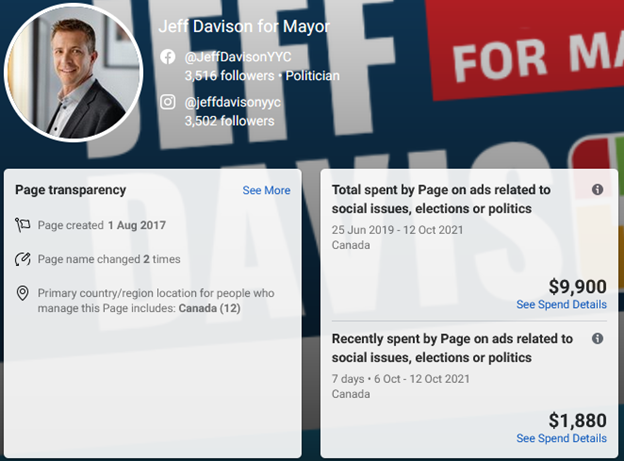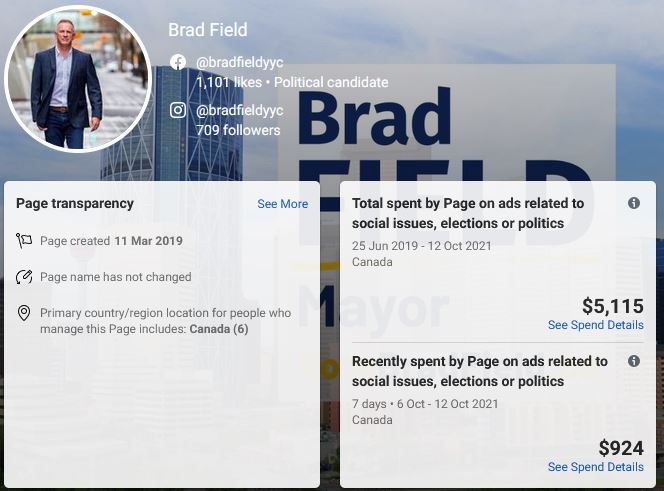When using usually scarce advertising dollars, who is being targeted in the run up to the last weekend of the campaign?
Using Facebook’s ad tools, broadly you can target based on geography (down to 1 km radius circles); interests; age; gender identification. In general I would classify those targeting methods as ‘broadcasting’—Facebook will look to serve the ads to people most active on its platform that in the past have shown they watch videos, engage with posts, or click your links if those objectives are selected, or to show the ad to as many people as possible.
For motivating likely supporters to turn-out to the polling stations, more strategic tools are available. A campaign will pivot to deploy its budget strategically to motivate engaged voters, not solely attempt to recruit new supporters. Here Facebook gives you other useful tools to re-target promising leads. You can target based on visitors to your website (server-side event tracking or less reliable these days, a ‘pixel’), email addresses, phone numbers, past interactions with your campaign’s page, or past interactions with advertising.
A well-resourced campaign will run both strategies simultaneously through the pivot, and Facebook with a bit of finessing will work its magic to broadcast to people not yet in your likely supporters’ group while serving different content to the already engaged. This will move people along an engagement spectrum, saving more targeted and potentially polarizing messaging for voters predisposed for your candidate. The last thing you want is for your get out to vote messaging to be more successful at motivating supporters of the other candidate!
These last few weeks we have seen a huge growth in spending by leading Mayoral candidates. The Gondek and Farkas campaigns have been ramping up since October 1st, with October 11th having over $4,000 in spending for Gondek, and over $1,000 for Farkas. Farkas’s spending continued to grow, reaching $2,518 on October 12th. Prior to October 1, the highest spending day belonged to Jan Damery on June 17th, at $594.

Ad Library Summary
Have candidates pivoted from broadcasting?
Jeromy Farkas
The Farkas campaign is solely in broadcast mode. Its various ads target at least 500,000 thousand people. As of October 13th, it is launching new broadcast ads, videos which we’re likely to see as YouTube pre-rolls, and possibly even on broadcast TV. Will the Farkas team launch a narrower targeted get out the vote pivot? It hasn’t run a targeted ad since the end of March, so the campaign might not see the value in engaging with its strongest fans differently than Calgarians as a whole when it is putting $2,500+ a day into its broadcast campaign.
Jyoti Gondek
The Gondek campaign has suspended its broadcast campaign, and hasn’t run ads since October 12th. Having spent $45,000 since September 28th broadcasting, it has likely recruited its fans, and is ready to pivot. Some signs of an early pivot: targeting a smaller subset of Calgarians for lawn signs (second ad here) with more than $16,000 in ad placements. For campaigns who aren’t door knocking, sign locations can be particularly useful as these more engaged voters can be empowered to act as ‘mini-get out the vote captains’ for their personal networks. They’ve committed themselves by getting a sign, surely you can count on them to check in on 5 or 10 friends or family members to get out to vote.
The campaign also spent over $7,000 on what I would call a ‘consolidation’ ad—meant to arm both a targeted group, and wider Calgarians with polling data showing Gondek as the frontrunner. The ad ran in three versions, one sent to a much smaller group which I am going to hazard a guess as being website vistors and previous content engagers. These ads armed supporters going into the Thanksgiving weekend as they talked to their less engaged friends and relatives.

Update:
The Gondek campaign has launched a distinct GOTV ad campaign, one with a wide audience (left), and one targeting likely supporters (right).

In the past the Gondek campaign has run ads like the left to to broad audiences, but without significant money behind them ($1200 in total) – leaving the algorithm to serve the right language to the right person. Expect a video ad for broadcasting to come soon (they’re cheaper to run per impression).
The rest
Jeff Davison has mostly been broadcasting, but his ads are getting swamped due to the relative spend of Farkas (4-1), and Gondek (15-1). The campaign ran one targeted ad with potential reach of less than 50,000 people but more than 10,000. This is likely indicative of an audience of all people who have visited their campaign website, engaged with the Facebook content, or both.
Brad Field is an a similar boat as Jeff Davison. The campaign is broadcasting, but is being overwhelmed to even a greater degree than the Davison campaign. Their last targeted ad was similarly in the less than 50,000 people but more than 10,000 range.
Jan Damery hasn’t advertised on Facebook since October 8th. Prior to this, ads were targeting broad (100-500k), narrow (10-50k) and very narrow groups (1000 and less)
The Pivot away from trying to reach everyone: Still to come
Over the next few days we will likely see the pivot being implemented by leading campaigns, but we aren’t there yet. It will be interesting to see how targeted the campaigns make their advertising as you can target as narrowly as people who have engaged with particularly parts of your website. Read about transit? Get a get out the vote ad about the candidates vision for transit. Visit a page on taxes and stay for 15+ seconds? Receive a tax focused message. Read a message in a language other than english? Get ads in that language!
The possibilities are nearly endless if a campaign wishes to drill down into sub-audiences and setup their website integrations to do so months ago.

